Cutting Board Care Tips
Wooden kitchen items like cutting boards, salad bowls, and spoons come into contact with your food on a daily basis, so it makes sense to use food-safe products to clean them.
Christophe Pourny Studio Cutting Board Tonic is made with familiar kitchen staples –– white vinegar and rosemary oil –– and raw tung oil, a natural drying agent.
- Apply Cutting Board Tonic with a nonfluffy fabric. “People can apply with a sponge, but we recommend T-shirt material,” Jobson says.
- Oil brand-new boards frequently to build up a layer of protection. Then oil wood when it starts to feel rough, about once per month: A good rule of thumb for new or damaged boards is once a week for a month, then once a month for a year.
- Dry boards thoroughly after washing with hot water; wet boards can crack and harbor bacteria. The rosemary oil and vinegar in the Cutting Board Tonic help to sanitize wood surfaces.
Cleanliness isn't merely a virtue: It is essential to the health of your family and household. From your dustiest feather dusters to your scummiest sponges, here is how to clean your cleaning supplies after use, all from "Martha Stewart's Homekeeping Handbook."
Scrub Brushes
After each use, rinse brushes thoroughly to remove any particles of food or dirt. Do not soak brushes to clean them; doing so can weaken or dislodge bristles. To prevent them from becoming moldy or sour, allow brushes to air dry before storing them. Dry them bristle side up or hanging from a hook to prevent the bristles from warping.
Broom
To maintain the shape of your broom, hang it on a wall or store it upside down. If the bristles become splayed, submerge them in warm water for 30 seconds. Then wrap a rubber band around the bottom, and hang the broom for a day or two. When you remove the band, the bristles' form will be restored. Clean the bristles by running them over a stiff edge, such as a deck stair or a front stoop.
Duster
Whether you've chosen a feather duster or a lamb's-wool duster, the general use and care is the same. Release the dust by shaking the tool outside, or gently tap the duster on your ankle to release the dust onto the floor to then vacuum up.
Cotton Cloths
Use for blotted stains on carpets and soaking up big spills. Look for inexpensive bar mops, also known as the classic white towels used in restaurants. Machine-wash and dry after a couple of uses.
Polishing Cloth
Choose untreated 100-percent-cotton flannel, which is softer than plain cotton, for polishing silver or other metals. Machine-wash and dry. If you can't launder it right after use, let it dry on a rack before throwing in the laundry basket. Do not use fabric softener or dryer sheets, as these reduce absorbency and can leave behind a residue.
Sponges
Putting sponges in the microwave to disinfect them is a bad idea. Although it may kill bacteria, it can also cause a fire. After use, thoroughly rinse and wring them out, and keep them in an open dish where air can circulate so that they dry thoroughly. Replace them every two weeks.
Mop
Keeping a mop impeccably clean is essential -- not only will this ensure cleaner floors, but even a little bit of leftover soil can result in a sour smell. After washing the floor, rinse the mophead thoroughly in a bucket of clean, hot (but not boiling) water. If the mophead is easily detachable, you can rinse it in a utility sink instead. To avoid spreading germs, never rinse mopheads or other tools used for cleaning in the kitchen sink.
Vacuum
Make sure the vacuum is unplugged before cleaning it. Once a month, use a damp cloth and mild detergent to wipe off any dirty from the casing, hoses, and attachments. After each use, vacuum the rug/floor attachment with the crevice tool or hose before putting away the machine. Empty or change the bags once a week, or as often as needed.
Washing Machine
Once a week, wipe down the outside of the machine with a cloth dampened with mild dishwashing liquid and water; rinse with plain water and wipe dry. Wipe the inside of the machine with a damp cloth to remove lint, debris, or soapy residue.
If it seems that your clothes are not getting as clean as they should, it's time for a deep cleaning of the machine. Run a short hot wash cycle with detergent, then rinse with plain water. If the machine is exceptionally dirty or requires sanitizing, add ¾ cup bleach and 1 tablespoon powdered laundry detergent, fill the washer with warm water, and let it sit in the machine for a few minutes. Then drain and rinse a few times with plain water to eliminate any traces of dirt or bleach.
Your Cosmetics
From bad habits like sticking your pinky down your bottle of foundation (get that last drop!) to mixing water into your mascara to reduce clumpiness, cosmetics can get pretty gross -- not to mention, they do expire. The high water content in most cosmetics means your makeup bag can quickly become a bacteria hotel. The best advice: Buy small and throw out any cosmetics over a year old. Make sure to wipe down the rims of bottles after use so that bacteria don't collect. Similarly, try not to wipe the mascara brush on the rim of the bottle -- it will leave a deposit that'll clump and invite bacteria to stay.
Les
Use a Squeegee
Pull the shower curtain closed when not in use, so water can't sit in the folds. Spread towels over two hooks to dry, or hang them on rods instead. Wipe shower walls with a squeegee after every use.
Circulate Air
To discourage mildew growth in the bathroom, increase the amount of air circulation and light to decrease moisture. Use fans during the shower and for roughly 30 minutes after, air conditioners, dehumidifiers, and open windows.
Prevent Bathtub Rings
Bathtub rings are usually the result of using oily bath products. Clean with warm water and a mildly abrasive cleanser after using such products.
https://www.marthastewart.com/1122815/bacteria-home-you-should-clean?did=282213-20180918&utm_campaign=martha-stewart-living_newsletter&utm_source=marthastewart.com&utm_medium=email&utm_content=09181814&cid=282213&mid=15095547527


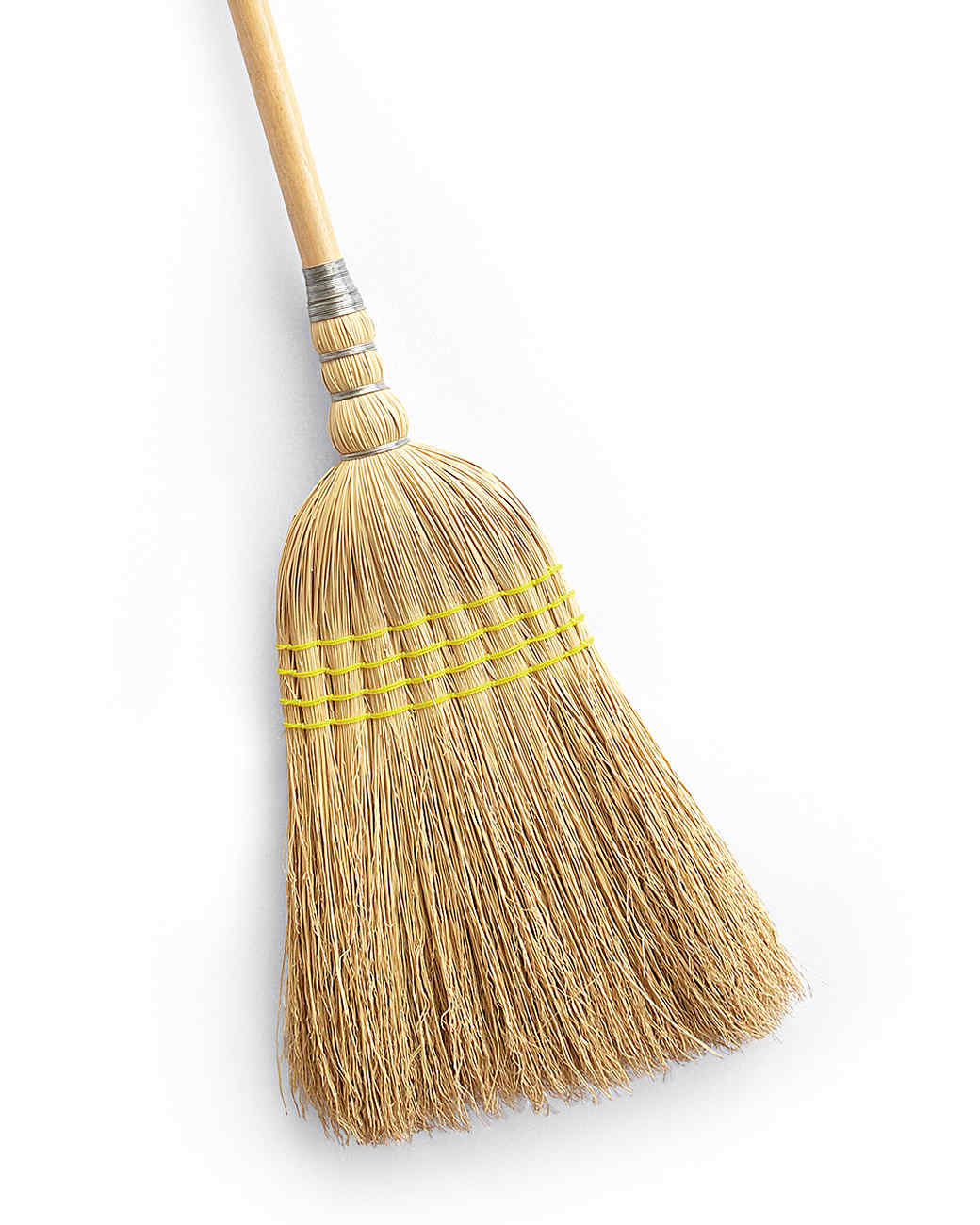
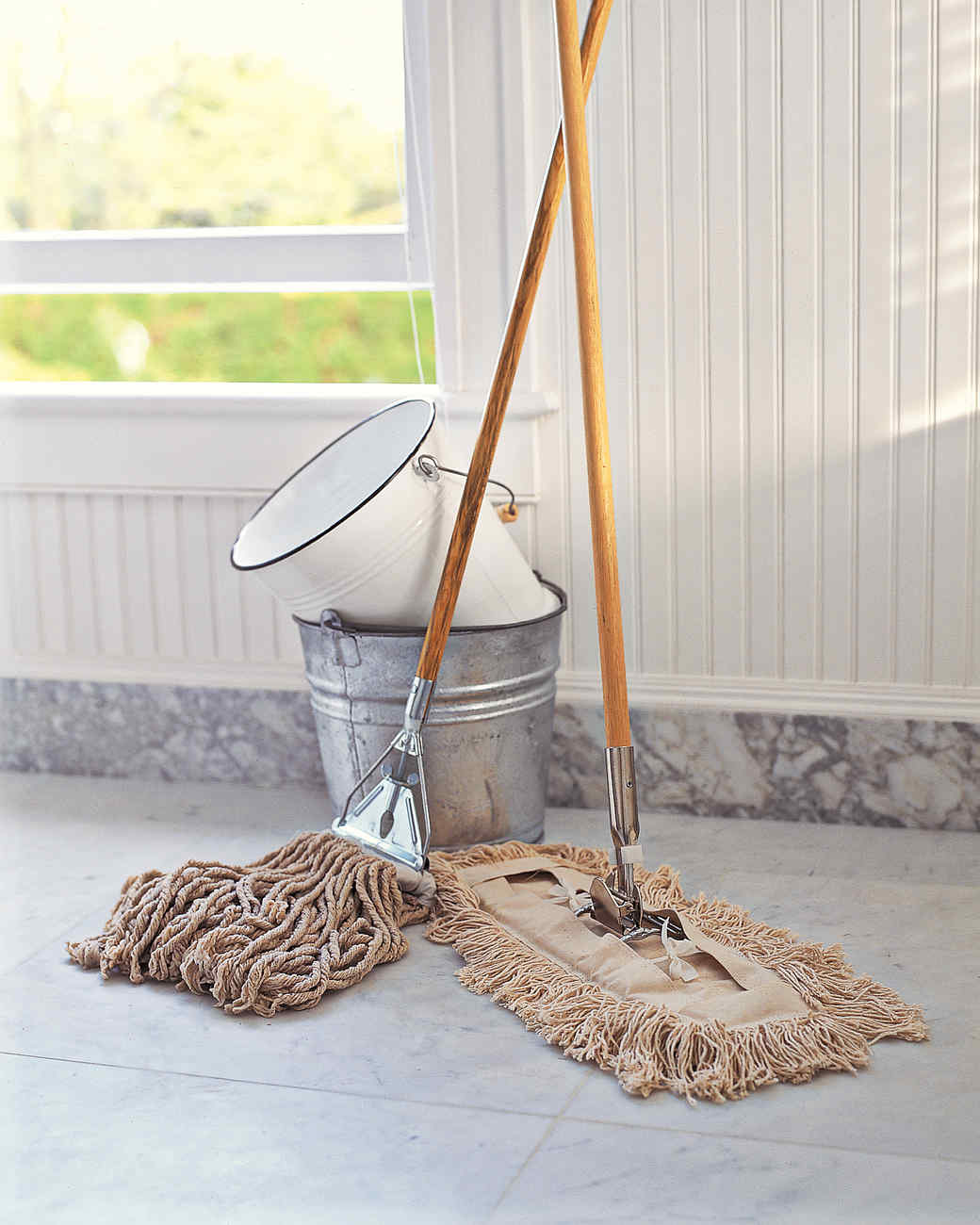


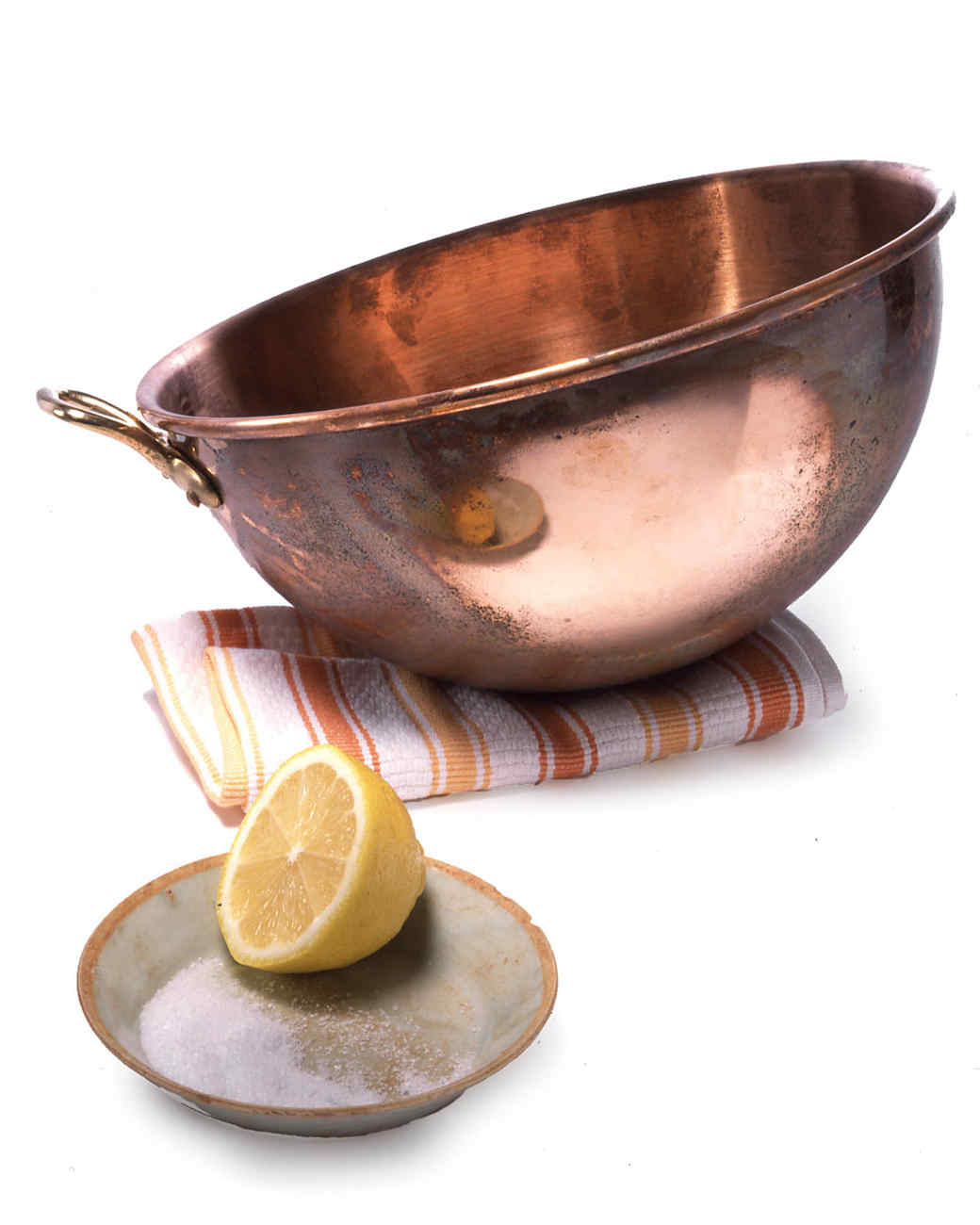
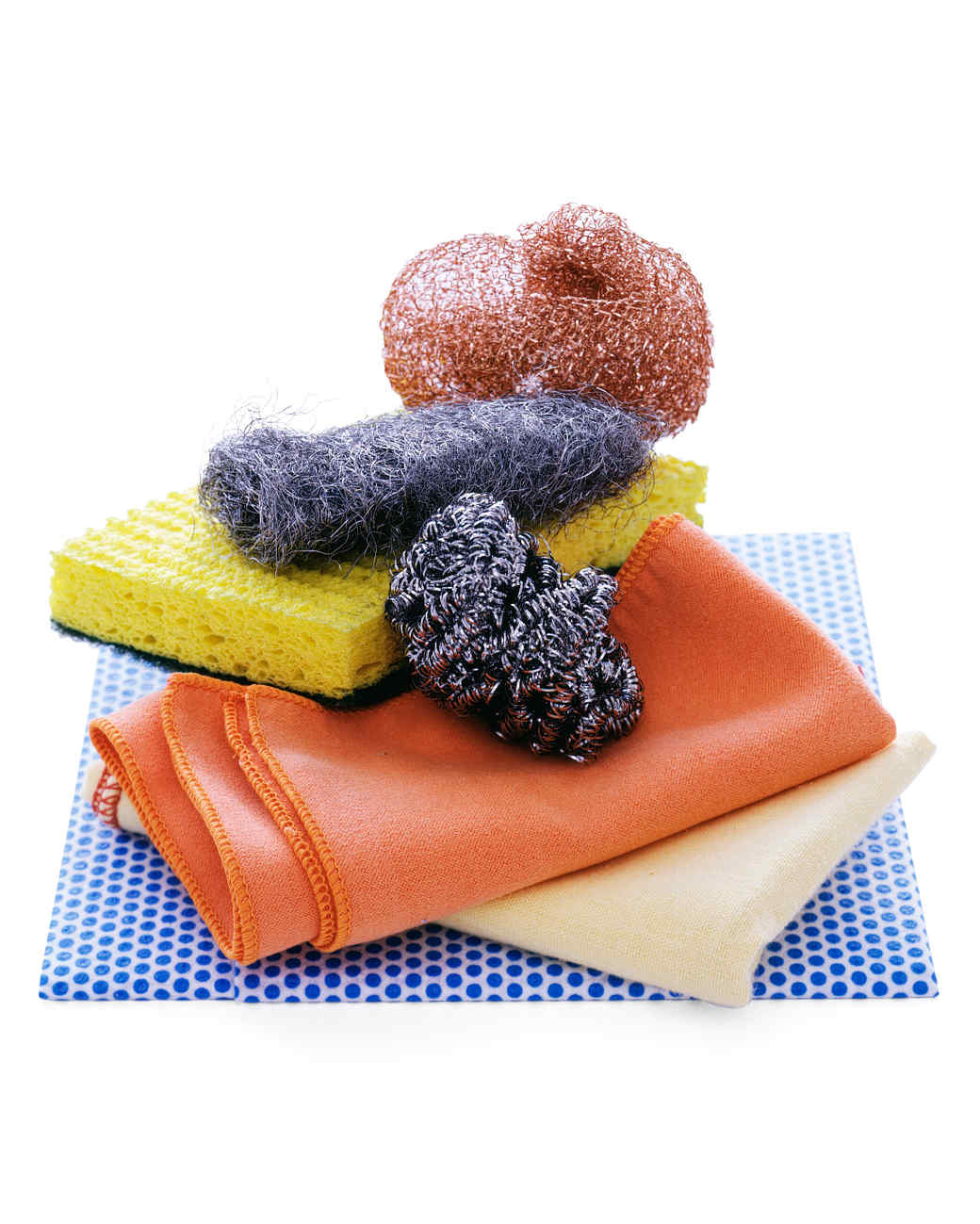
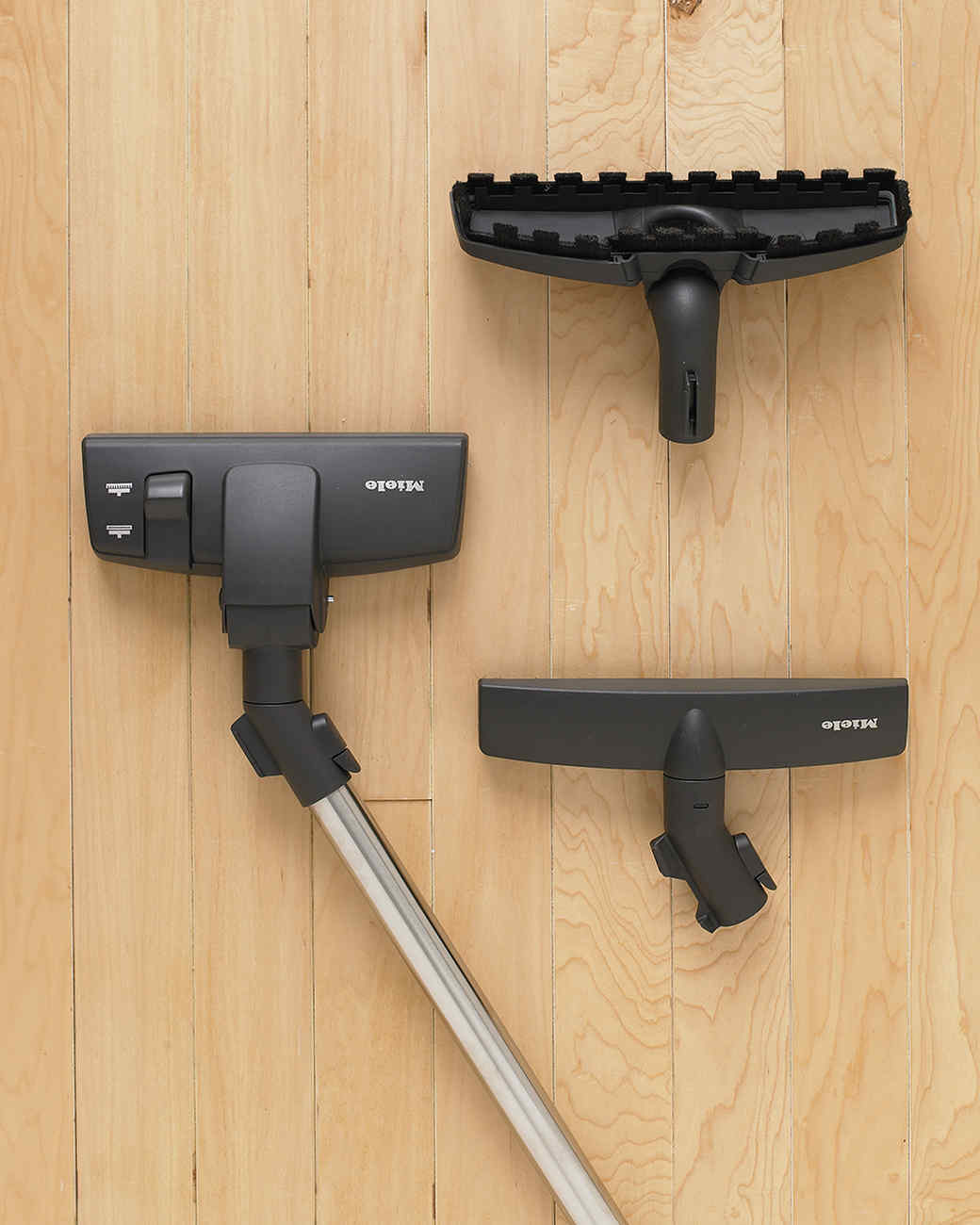
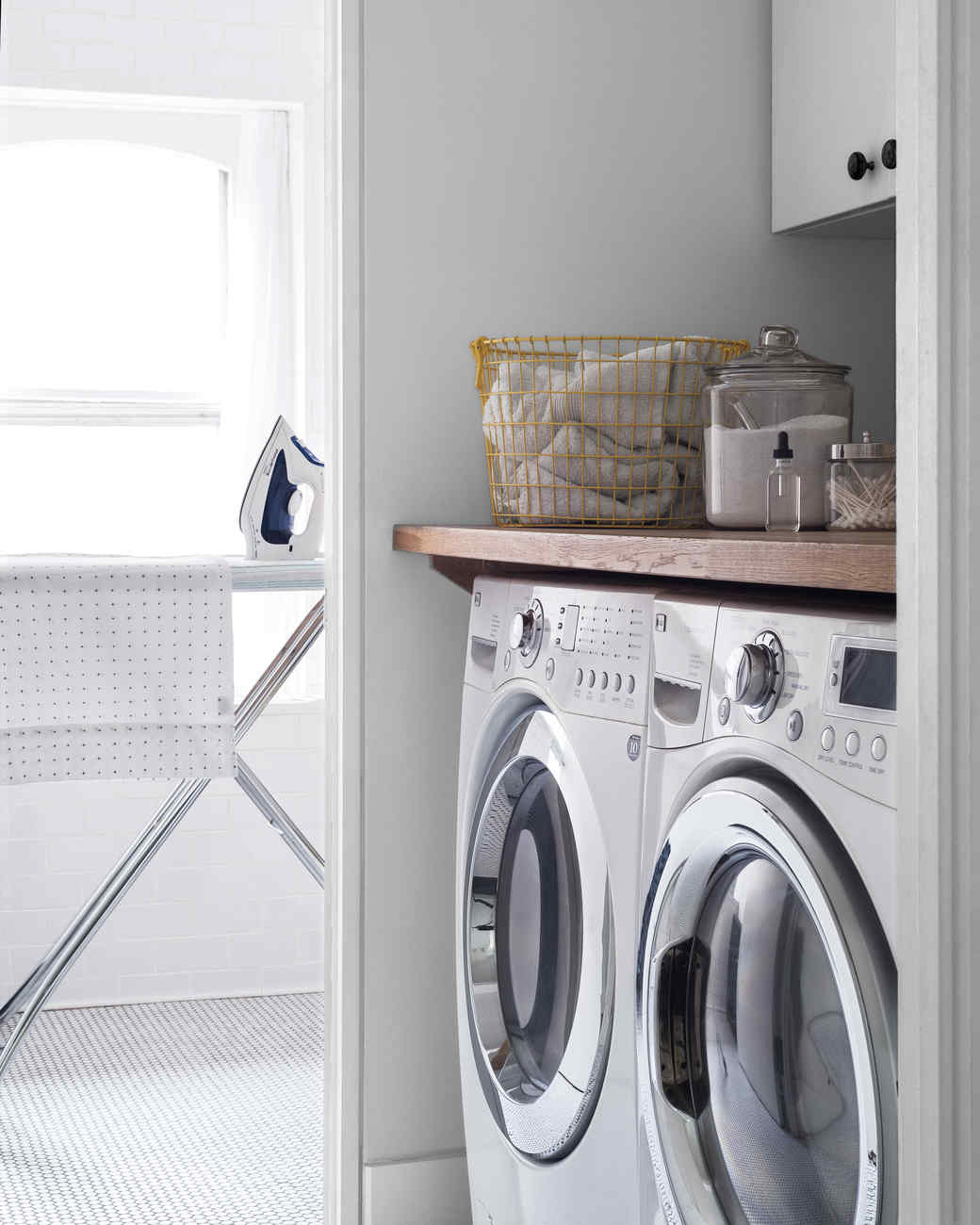
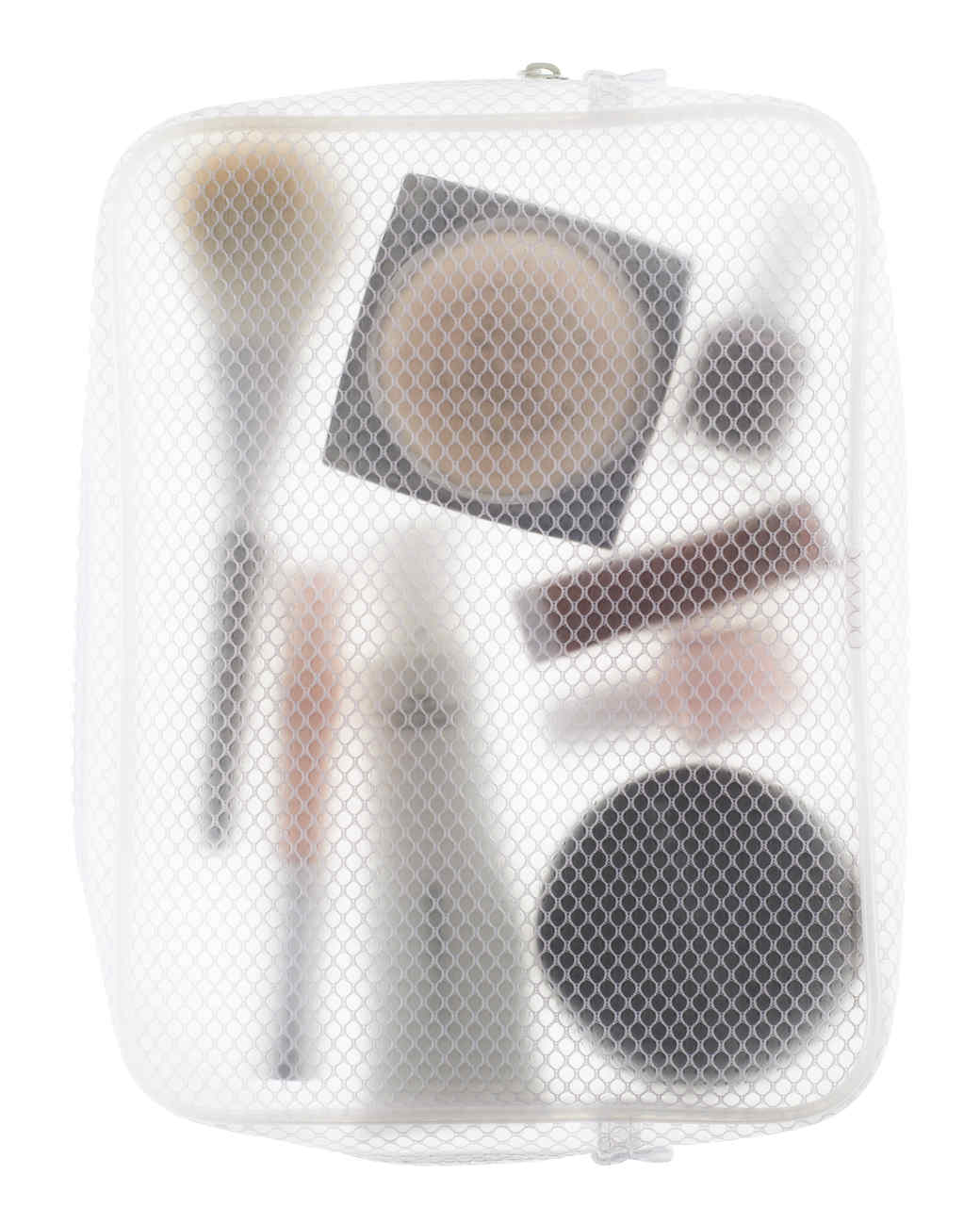


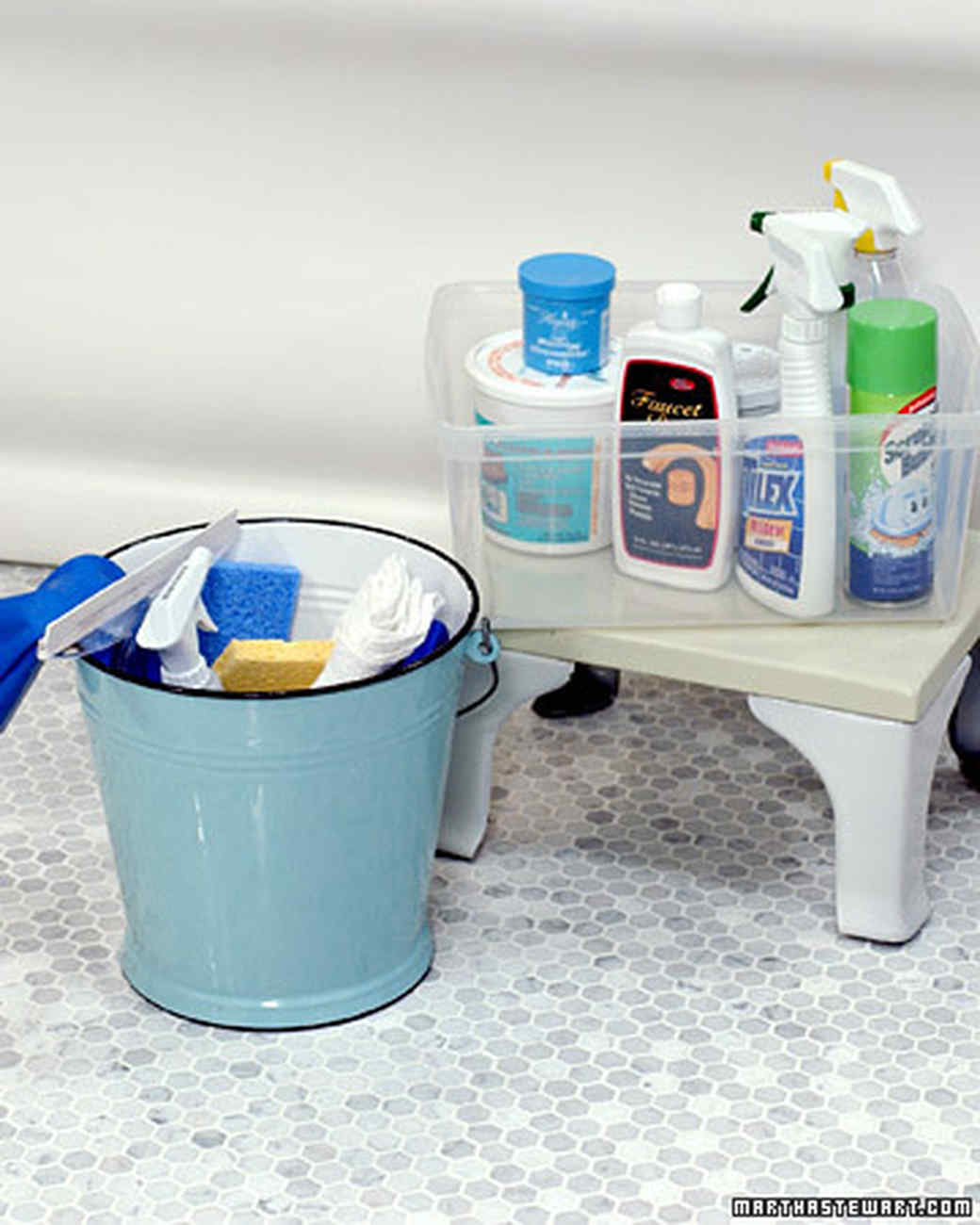


No comments:
Post a Comment